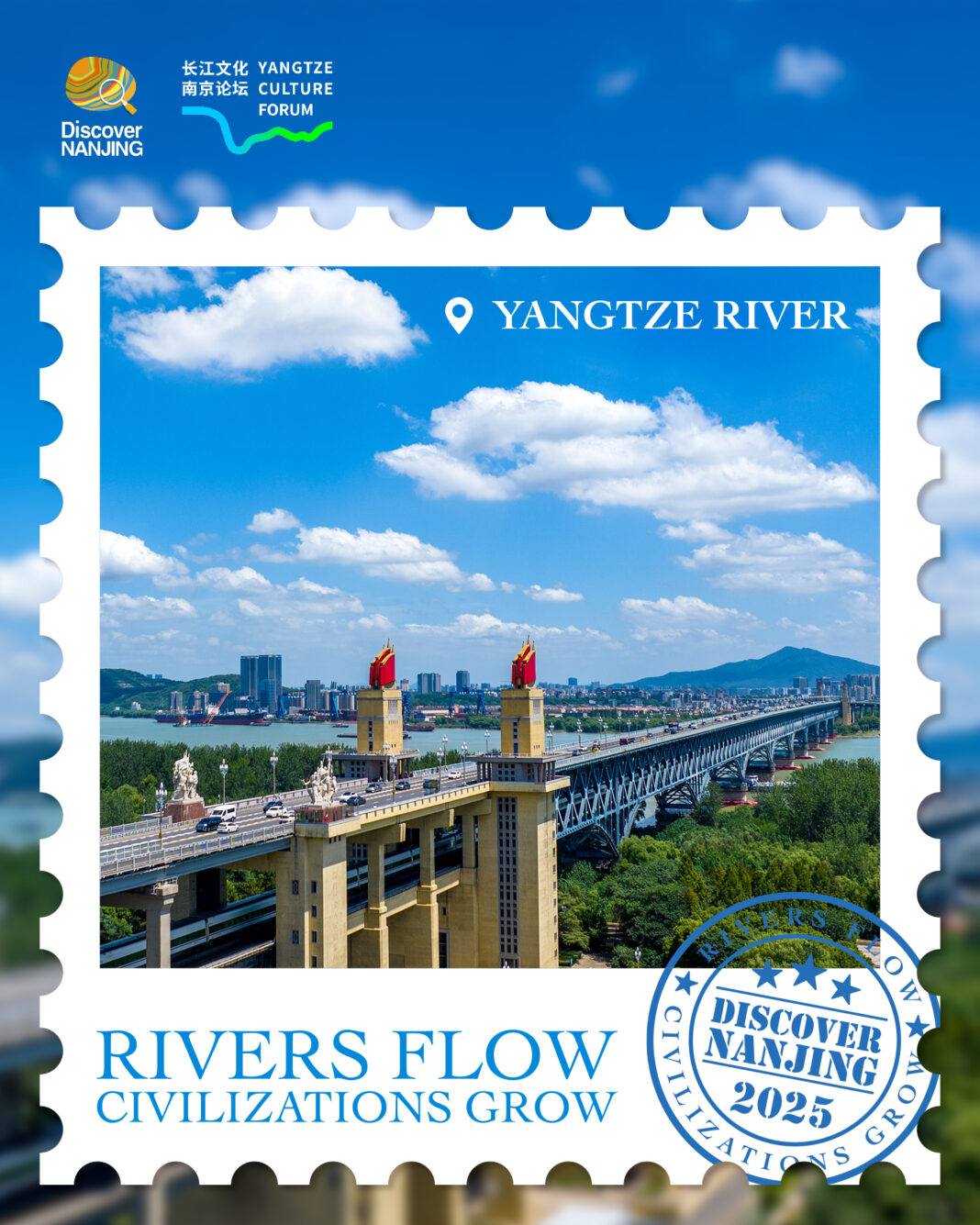
The Yangtze River, known as the cradle of Chinese civilization, is the world’s third-longest river and flows through 24 major cities along its course. Nanjing, located in the lower reaches of the Yangtze River, is a megacity within China’s Yangtze River Delta economic hub. In 1979, Nanjing and St. Louis, situated along the Mississippi River, became sister cities, marking the first such partnership established between China and the United States after the establishment of diplomatic relations. As inscribed on the brocade banner presented by Nanjing to St. Louis: “May the friendship between the people of Nanjing and St. Louis be as enduring as the Yangtze and Mississippi Rivers.” These two great rivers stand as enduring witnesses to the friendship between two cities and two nations.

Indeed, over the 46 years since establishing sister-city ties, Nanjing and St. Louis have engaged in profound and sustained exchanges across trade, culture, education, and other fields. Back in 1992, St. Louis-based company Purina invested and established operations in Nanjing. In the early 2000s, Emerson established R&D and procurement centers in the city. In 1994, Nanjing built the Margaret Grigg Nanjing Friendship Garden at the Missouri Botanical Garden in St. Louis. This garden now serves as the venue for the annual “Chinese Culture Day” celebrations. This year, Nanjing musicians reinterpreted the American baseball anthem Take Me Out to the Ballgame using traditional Chinese instruments during the event, resonating deeply with the audience.
Last April, Nanjing brought the art of Chinese characters to the banks of the Hudson River. An exhibition titled “Chinese Characters: A Journey of Creation, Connection and Harmony” opened at the United Nations Headquarters in New York in celebration of the 15th Chinese Language Day. The theme centered on the characters “和” (connection) and “合” (harmony), embodying the ideals of harmony, peace, cooperation, and alignment.
In the works of Mark Twain, the Mississippi River serves not only as the most iconic geographic symbol in American literature, but also as a spiritual vessel carrying profound social critique and exploration of humanity. For Nanjing, a UNESCO “City of Literature”, the Yangtze River is more than just a “golden waterway” in the geographical sense; it is a “river of the soul” in the literary sense. Setting sail from Wumadu in Nanjing, a cruise on the Yangtze River transforms the abstract notion of a “spiritual river” into a tangible, flowing epic. Along the banks, literary landmarks such as Qixia Mountain, Mufu Mountain, and Swallow Rock have inspired poetic masterpieces for over a millennium. On the water, the finless porpoises emerge like elfin presences beside the vessel, while elegant egrets and black-eared kites circle overhead. Thanks to Nanjing’s ecological conservation policies, the once-endangered finless porpoise has seen its population recover to approximately 65 in the Nanjing section of the Yangtze River by 2024. This makes the Nanjing stretch of the Yangtze River the world’s only case of a stable finless porpoise habitat within a densely populated megacity.
To further advance the shared values of humanity and deepen global understanding of the Yangtze River Basin, the forum will also feature a series of online and offline thematic exhibitions and interactive activities. These include the “Rivers * Humanity * Cities” theme exhibition, the “Reading the Yangtze River: A Journey for Global Think Tank Experts and Diplomats” event, and the “Me & River” social media campaign, all designed to promote the sustainable development of river cities through mutual learning among civilizations.
In 2019, to commemorate the 40th anniversary of its sister-city relationship with Nanjing, St. Louis designed a set of baseball-themed sculptures. Among them, the “American Pitcher” sculpture presented to Nanjing now stands in the Nanjing International Friendship Park along the Yangtze River, winding his pitch toward the direction of St. Louis. Meanwhile, its counterpart, the “Nanjing Batter” sculpture, was installed at Busch Stadium in downtown St. Louis, awaiting a pitch from across the ocean. This thoughtful interaction illustrates a simple yet profound truth: civilizations flourish through exchange and grow richer through mutual learning.
Hashtag: #YangtzeCultureForum
The issuer is solely responsible for the content of this announcement.



 English
English
